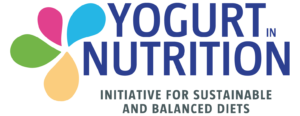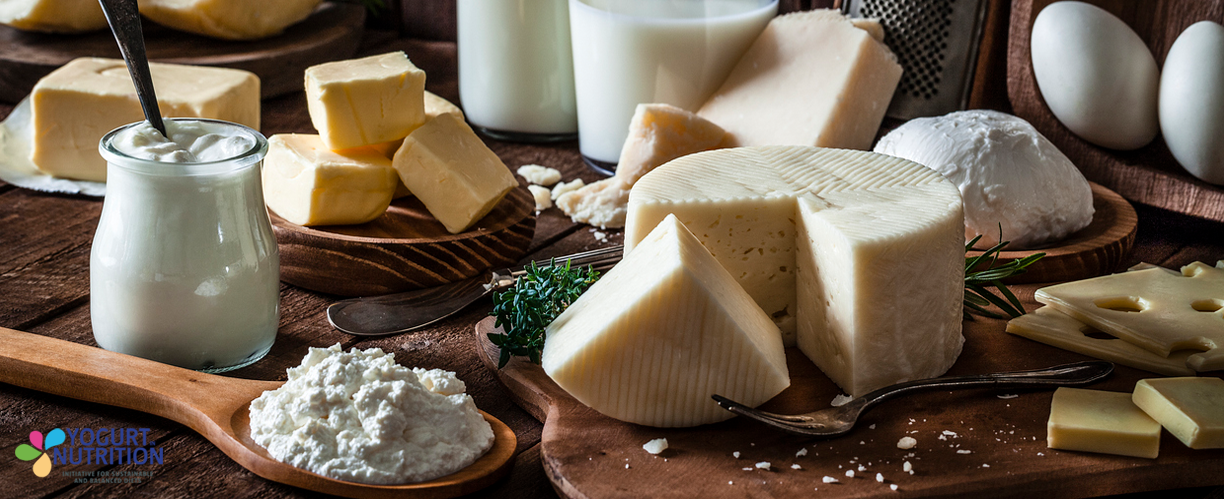Dairy products are a valuable source of protein without putting pressure on the purse. But dietary guidelines may be overlooking dairy products as an affordable source of high-quality protein as well as of other essential nutrients, according to the researchers from the USA.
Current dietary guidelines for Americans categorize protein-rich foods into a designated “protein foods” group. This group includes meat, poultry, seafood, eggs, pulses, nuts, seeds, and soy products. However, one category is notably absent: dairy foods.
Results of a recent analysis conducted at the University of Washington’s Center for Public Health Nutrition suggest that dairy deserves a place in the “protein foods” group due to its high protein quality, nutrient density, and affordability (1). Researchers compared dairy with other protein group foods (2) in terms of their protein content and quality, nutrient density, and protein cost, with the following results.
Selecting protein-rich food sources: importance of portion size and protein quality
First looking at protein foods in terms of grams of protein per 100g of food, researchers found that:
- Meat and poultry have the highest average protein content (23–27g),
- Nuts and seeds contain 17–22g and
- Pulses around 9g of protein.
By comparison, milk provides 3–4g of protein, while protein content is higher for other dairy foods including :
- Greek yogurt (9g),
- cottage cheese (10g), and
- cheese (22g)
These values are comparable with eggs and pulses.
The article emphasizes the importance of evaluating the foods based on their serving size, rather than per 100 grams to better reflect people consumptions, and better align with dietary guidelines. The differences in protein content between dairy and protein foods reduced when protein content was calculated per serving – the amount of protein in milk (245g) or yogurt (170g) was still lower than in meat (85g) but was now in the same range as eggs, pulses, nuts and seeds.
As a second step, it is reminded that “equivalency” of proteins should consider that not all proteins are the same: some foods provide more digestible proteins than others (3,4). The researchers measured protein quality using a tool called the Protein Digestibility Corrected Amino Acid Score (PDCAAS), where foods with a higher score are more efficiently used by the body. They found that dairy proteins have a PDCAAS score of 1.0 – the highest possible rating. This means that unlike most plant proteins, dairy protein content is not affected by PDCAAS scores.
Nutrient density: a criterion to guide between different foods equivalent in protein (content and quality)
The Nutrient Rich Foods Index (NRF) assesses foods based on their make-up of nutrients to encourage and limit where necessary. Researchers used an updated version of the index where the protein (as a nutrient to encourage) is corrected according to the PDCAAS of each food, to better reflect in the score the quality of the protein.
Dairy foods present a high NRF score, providing not only high-quality protein but also several of the micronutrients to encourage (calcium, potassium, magnesium, and vitamins A and D) (5).
Results showed that, compared with other protein-rich foods, regular yogurt has the lowest energy density while highest NRF score per 100kcal of foods, after milks. making them an excellent choice for people seeking balanced nutrition without excessive calories.
Dairy foods are an affordable and accessible source of key nutrients
Sources of protein can be expensive, and studies show that high protein content is associated with high food prices, with the highest prices per 100 g of food for shellfish, lamb, fish, and beef (6). Researchers found that, according to national food prices, cost per serving was lower for dairy foods than for meat or fish.
Milk, yogurt, and cottage cheese had some of the lowest average prices per 100 g, along with eggs, pulses, and legumes. Similarly, average prices per 50g of protein were lower for low-fat and whole milk than for pork, chicken, eggs, and pulses. Given their high nutrient density, milk and other dairy foods therefore offer value for money as an affordable source of protein and key micronutrients (7).
Dairy foods deserve recognition as a protein-rich food group
Given that they compare favourably with many protein-rich foods, researchers argue that dairy foods deserve to be included in the “protein foods” group of US dietary guidelines.
Current dietary guidelines for Americans use a 1-ounce protein equivalency system (the amount of food that provides roughly 7g of protein) to compare different protein sources (8). As a conclusion of their demonstration, researchers recommend that this system should be updated to reflect protein quality rather than just quantity.
They propose that 7g of protein can be provided by the following dairy food servings:
- Milk – 6 ounces (180 g) of whole, reduced-fat or skimmed milk
- Yogurt – One serving of yogurt (160 g) or half serving of Greek yogurt (80 g)
- Cheese – 1 serving of full-fat or reduced-fat cheese (30 g) or cottage cheese (76 g)
By recognising dairy as a protein-rich food, dietary recommendations could be better at reflecting its role in a achieving a healthy diet while affordable.
“Dairy foods are nutrient-rich, provide affordable high-quality protein, and compare favourably with many foods in the United States Department of Agriculture (USDA) protein foods group […] Dairy could be a part of the protein food group given its high nutrient content, amount of protein per serving, and relatively low cost.”



